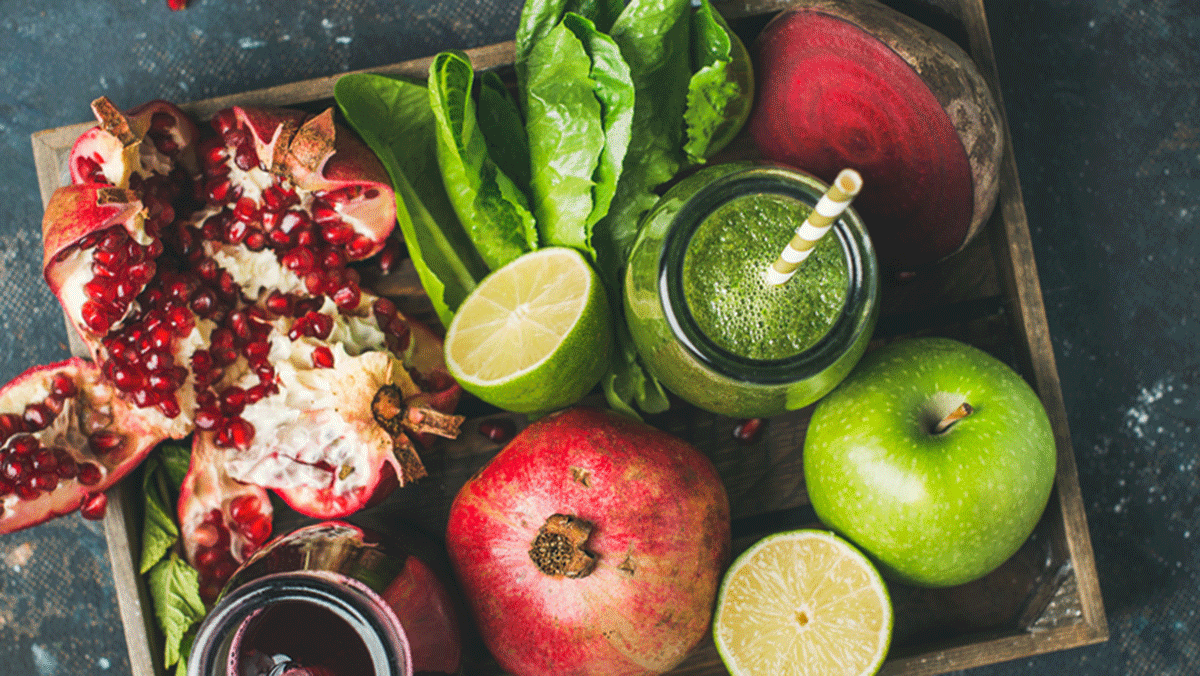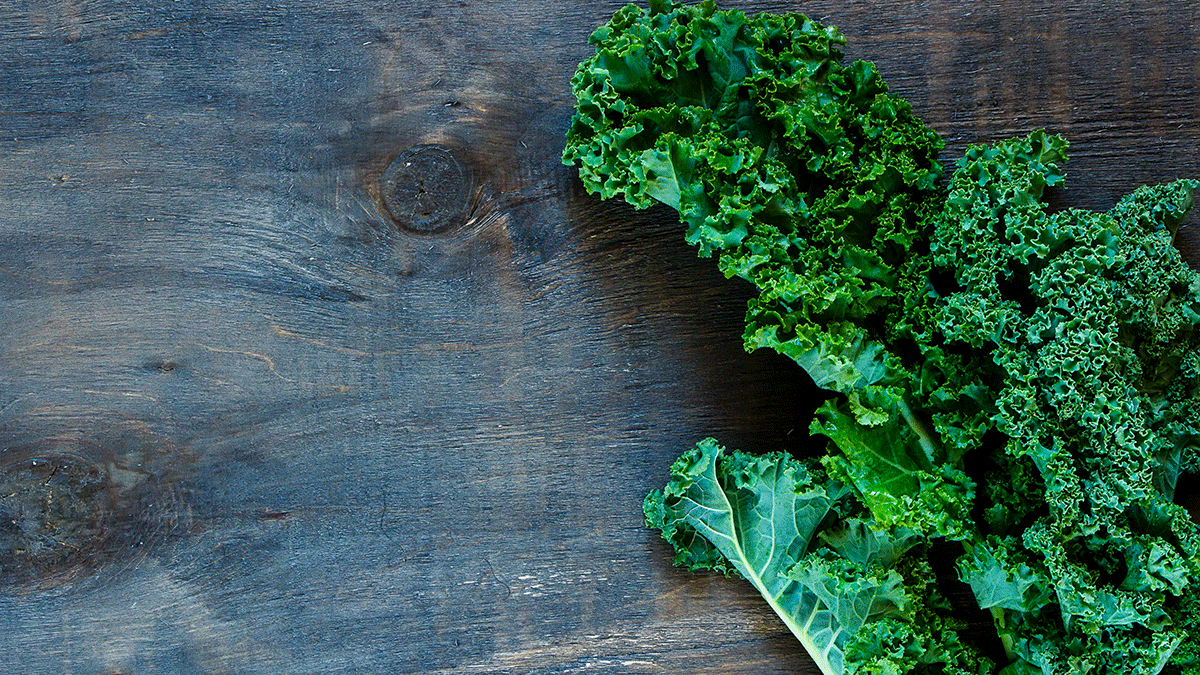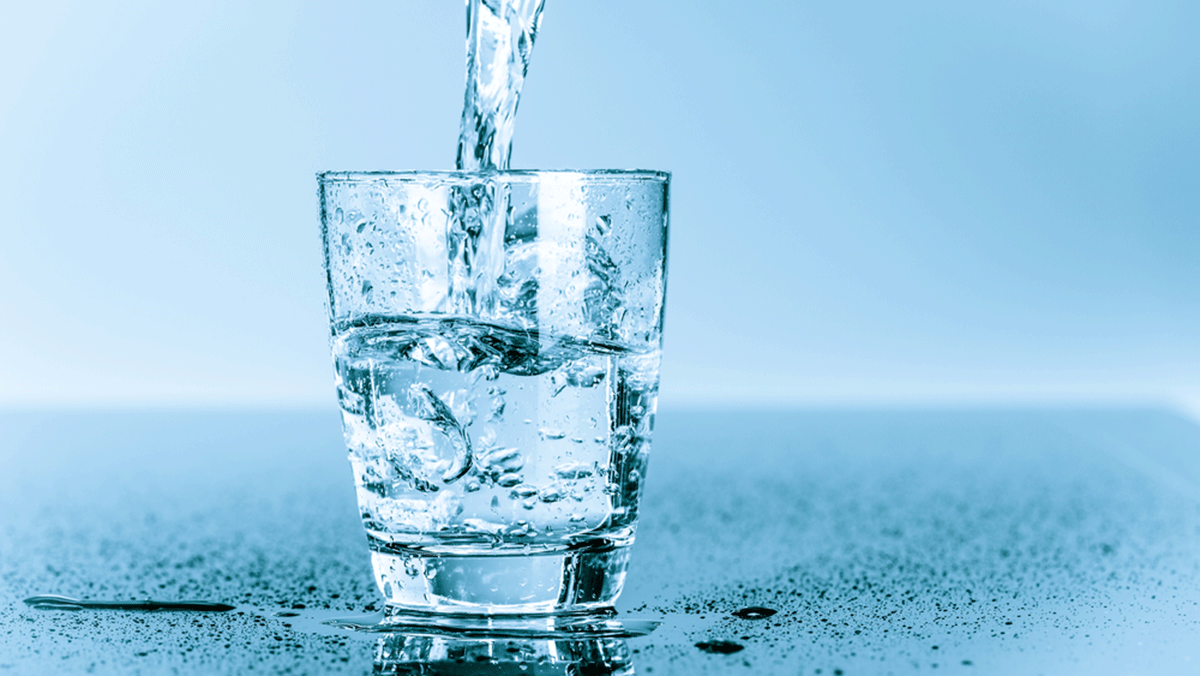
Everything you need to know about healthy detox diets and weight loss
A healthy detox diet is a plan that aims to improve your body’s natural processes by changing the food you eat. According to the Mayo Clinic, these diets aren’t scientifically proven to be effective. But they are recommended by natural healthcare practitioners to treat a number of symptoms from fatigue to headaches.
In the context of a detox diet, toxins refer to substances that we’ve over consumed, says Vancouver-based naturopath Thara Vayali. “Anything can become toxic if we have it in excess in our bodies.”
If you intend to use a detox to shed pounds, think again. “A detox diet isn’t indicated for weight loss,” Vayali advises. In fact, drastically cutting calories can be extremely harmful.
“When you’re not giving yourself a natural amount of calories, fats, carbohydrates and protein, your body’s metabolism takes that as a sign that it might not get those things naturally,” she warns. “It starts to store those things instead of releasing them, so you might find yourself in a worse condition later on.”
Be wary of any plan that recommends you stop eating in order to cleanse your system.
How to begin your healthy detox
The best way to begin a detox is by visiting your healthcare practitioner to discuss your plan and any symptoms you’re experiencing. “You might think that you have toxins but you may have something that’s more severe. It’s important to have someone assess that,” Vayali advises. Your doctor or naturopath can also recommend foods and lifestyle changes that are healthiest for you.
When you’re ready to start your healthy detox, consider making the following diet and lifestyle changes.
New year, new you? This is how to ditch the bad habits and make lifestyle changes stick.

Whole foods only
Vayali generally recommends that her patients cut out processed foods from their diets. These include things like store-bought pastries, microwave dinners, candies – many of the pre-prepared products you find in the middle aisles of your grocery store. Instead of relying on these convenience items, fill up on whole foods such as fruits, vegetables, whole grains, and lean meats and fish.

Boost your fibre
“Fibre is really important to help the motility in your colon to make sure you’re eliminating. If you’re detoxing but not eliminating, you’re actually creating more problems [in your system],” Vayali says.
There are two kinds of fibre that help promote regularity. Insoluble fibre, found in leafy greens like spinach and kale, helps keep things moving through your intestines. Soluble fibre, which comes from foods such as apples, pears and beans, helps bulk up the contents of the bowels.
Check out our recipes for ideas on how to boost this healthy nutrient in your diet.

Drink lots water
Increasing your fibre intake means you’ll need also need to stay hydrated to keep your bowels moving regularly. Don’t go overboard, though – drinking too much water isn’t healthy, Vayali warns.
To determine how much water you need each day, she recommends dividing your body weight in half and converting that number to ounces. For example, a woman weighing 140 pounds should aim to drink 70 ounces (2 litres) of water each day.
If you drink this many glasses of water a day, you could boost your metabolism.

Cut back on sugar
Sugar itself shouldn’t be considered toxic, Vayali says. “Every carbohydrate we eat breaks down into a simple sugar – that’s how we digest it.” She goes on to explain, however, that she recommends eliminating processed sugars during a detox because it’s a substance we tend to over consume.
It may seem tough to cut back on the sweet stuff, but she says that the increased amount of whole grains, fruits and vegetables you’ll be consuming should help curb your sweet tooth.
25 reasons why cutting back on sugar could better your health.

Get your sweat on
“The skin is the biggest organ we have, but it’s one that often gets forgotten in detoxes,” Vayali says, adding that sweating promotes overall health.
Add exercise to your detox plan, but take it slow. If you’re not used to working out, try incorporating one day of physical activity a week into your schedule. If you’re a fitness buff, consider switching up your routine to include an exercise that will really get you perspiring.

Stick with it
The length of a detox varies according to a person’s individual needs and mindset, says Vayali. However, you should try to maintain the changes to your diet and lifestyle for at least two weeks. “You might get side effects from your detox in the first few days, such as headaches irritability, aches and fatigue,” she explains.
Keeping up your healthy detox plan for at least two weeks gives your body a chance to adjust. (But if you’re a one-day detox kind of gal, we’ve got the right diet for you!)
